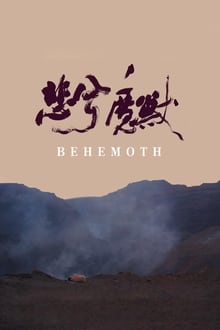
Under the sun, the heavenly beauty of grasslands will soon be covered by the raging dust of mines. Facing the ashes and noises caused by heavy mining , the herdsmen have no choice but to leave as the meadow areas dwindle. In the moonlight, iron mines are brightly lit throughout the night. Workers who operate the drilling machines must stay awake. The fight is tortuous, against the machine and against themselves. Meanwhile, coal miners are busy filling trucks with coals. Wearing a coal-dust mask, they become ghostlike creatures. An endless line of trucks will transport all the coals and iron ores to the iron works. There traps another crowd of souls, being baked in hell. In the hospital, time hangs heavy on miners’ hands. After decades of breathing coal dust, death is just around the corner. They are living the reality of purgatory, but there will be no paradise.
You May Also Like

James Cameron brings together some the world’s leading Titanic experts, including engineers, naval architects, artists and historians, to solve the lingering mysteries of why and how the ‘unsinkable’ ship sank.

From the banks of the Bahamas to the seas of Argentina, we go underwater to meet dolphins. Two scientists who study dolphin communication and behaviour lead us on encounters in the wild. Featuring the music of Sting. Nominated for an Academy Award®, Best Documentary, Short Subject, 2000.
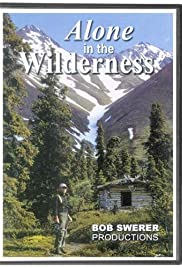
Dick Proenneke retired at age 50 in 1967 and decided to build his own cabin in the wilderness at the base of the Aleutian Peninsula, in what is now Lake Clark National Park. Using color footage he shot himself, Proenneke traces how he came to this remote area, selected a homestead site and built his log cabin completely by himself. The documentary covers his first year in-country, showing his day-to-day activities and the passing of the seasons as he sought to scratch out a living alone in the wilderness.

Comedian Kountry Wayne delivers a rousing stand-up set about life as a dad of 10, how to know if a woman likes you and why he keeps it real with Jesus.
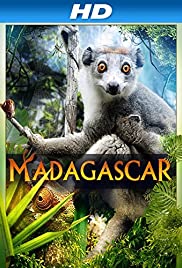
Conditioned by its long lasting geographical isolation Madagascar is home to unique Fauna and Flora, with a high percentage of endemic species. Due to the lack of predators, monkeys and poisonous snakes on the island, extraordinary animal species like the funny lemurs were able to develop in a unique way.

What are the limits of free speech? Troll Storm is the story of a Jewish woman in Montana, Tanya Gersh, who was the victim of an unrelenting social media campaign of antisemitism and her decision to fight back in court. “The second I decided to fight, I started to heal,” she says in this powerful film. And although the crux of this story takes place several years ago, the new swarm of antisemitism currently crossing our country makes this story feel extremely relevant. Gersh uses interviews with a holocaust survivor as a brutal reminder of where we could end up again if this culture of hate is not faced by our country. In Accept the Call (WFF 2019) director Eunice Lau’s latest film, the parallel between Europe before the rise of the Nazi party and what happened to Gersh is frightening. – Sabina Barach

Pull back the curtain on the remarkable history of six decades of James Bond music, from Sean Connery’s Dr No through to Daniel Craig’s final outing in No Time to Die.
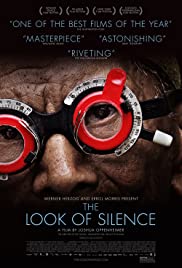
A family that survives the genocide in Indonesia confronts the men who killed one of their brothers.
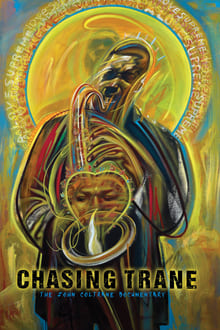
The film explores the global power and impact of the music of John Coltrane and reveals the passions, experiences and forces that shaped his life and revolutionary sounds.
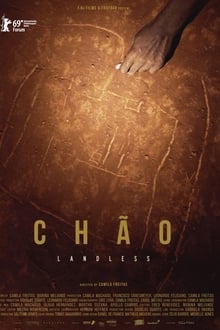
About how soil can be farmed in ecologically-viable fashion and the struggles of the Landless Workers’ Movement. Since 2015, an area of land has been occupied by a group of workers, who demand that it be redistributed. The documentary finds arresting images to give a glimpse of an everyday life in resistance, equal parts agricultural work and political activism.

A survey of the artistic history of the comic book medium and some of the major talents associated with it.

Vienna’s Prater is an amusement park and a desire machine. No mechanical invention, no novel idea or sensational innovation could escape incorporation into the Prater. The diverse story-telling in Ulrike Ottinger’s film “Prater” transforms this place of sensations into a modern cinema of attractions. The Prater’s history from the beginning to the present is told by its protagonists and those who have documented it, including contemporary cinematic images of the Prater, interviews with carnies, commentary by Austrians and visitors from abroad, film quotes, and photographic and written documentary materials. The meaning of the Prater, its status as a place of technological innovation, and its role as a cultural medium are reflected in texts by Elfriede Jelinek, Josef von Sternberg, Erich Kästner and Elias Canetti, as well as in music devoted to this amusement venue throughout the course of its history.